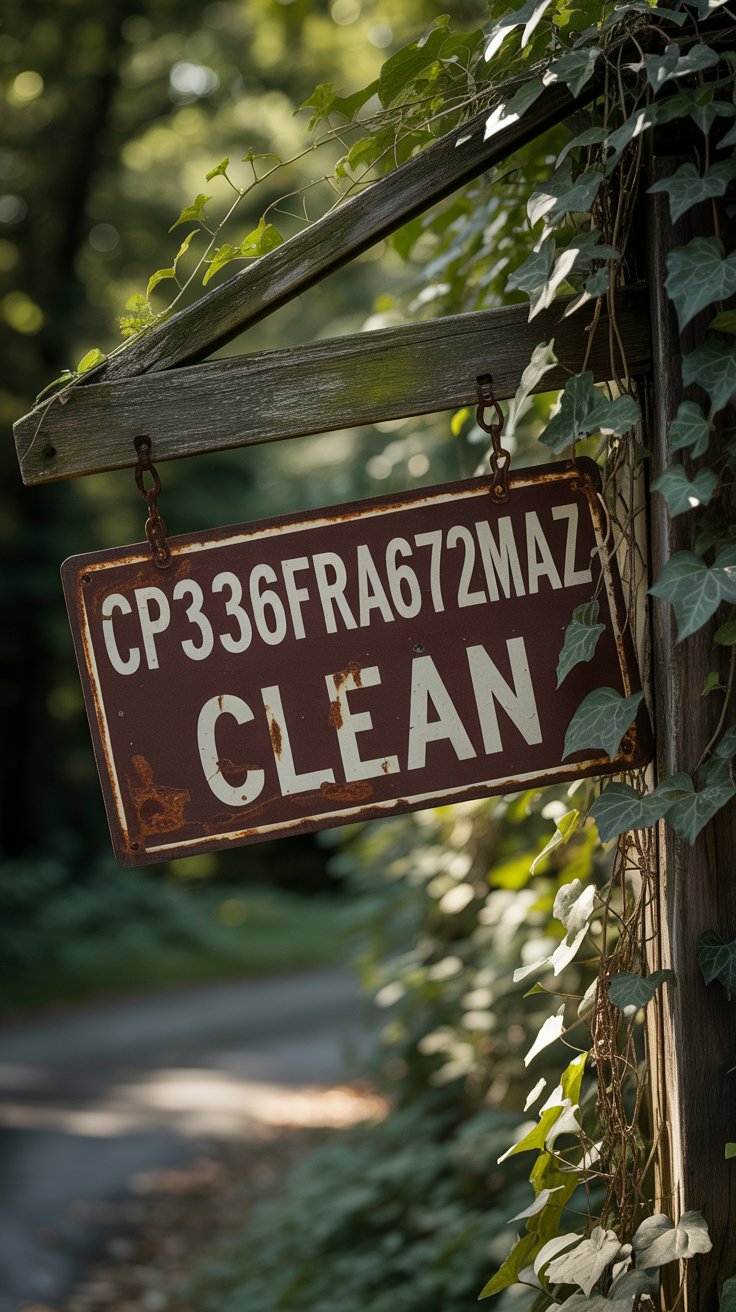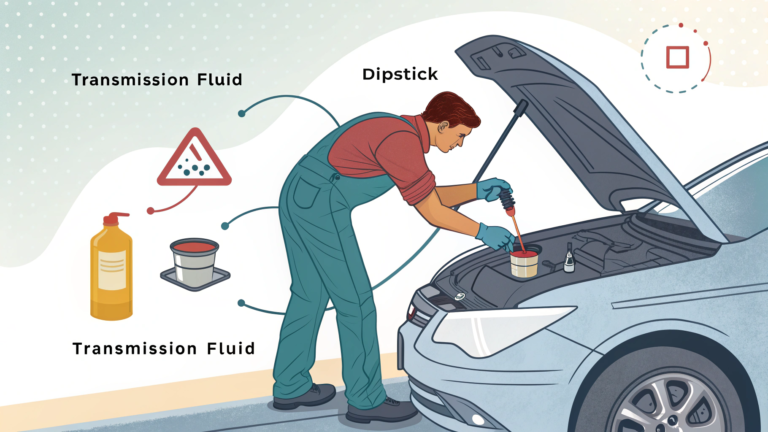
The CP336FRA672MAZ is a common‑mode choke made by Coilcraft, designed to filter EMI noise in high-speed connections like USB 2.0, HDMI, and LVDS.
It must remain clean to preserve its performance and prevent signal degradation. Dust, oxidation, or debris can interfere with its conductive pathways or cause overheating. Regular safe cleaning procedures, using tools like anti-static gloves, isopropyl alcohol, and compressed air, will help prevent these issues.
This article explains what this component does, why cleaning matters, how to clean it step by step, signs it needs attention, and how to maintain it properly. https://www.geomatryspots.com/nipponmonoauction-com-works-and-its-features/
What Is CP336FRA672MAZ?
The CP336FRA672MAZ is a highly efficient common mode choke from Coilcraft’s CP336FRA series, specifically designed to reduce electromagnetic interference (EMI) and radio-frequency interference (RFI) in differential-mode signal lines commonly found in modern electronics such as USB 2.0, HDMI, IEEE 1394 (FireWire), and LVDS connections. It provides high impedance exceeding 100 ohms and offers over 25 decibels (dB) of noise attenuation, effectively filtering out unwanted noise while maintaining the integrity of the original data signals. This component is engineered to perform reliably across a wide frequency range of 10 MHz to 1 GHz, making it suitable for high-speed data transmission systems. With a robust voltage rating of up to 500 Vrms and a current capacity of 30 milliamperes (mA), the CP336FRA672MAZ is ideal for use in demanding environments where clean signals and stable operation are critical. According to sources like nyctack.com and innovativedview.com, this component is commonly used in consumer electronics, industrial automation, and automotive applications, where maintaining strong signal performance and reducing noise-related issues are essential.
Why “Clean” CP336FRA672MAZ Matters?
Dust, grime, or oxidation on the component or connectors can:
- Interfere with signal integrity and cause data errors
- Increase resistance, leading to heating or reduced current performance
- Cause corrosion or short circuits over time (innovativedview.com, Saijitech Company)
A clean component ensures stable, accurate signal transfer and extends device life.
Signs Your CP336FRA672MAZ Needs Cleaning
- Slower device responses or erratic operation
- Weak or inconsistent signals
- Visible corrosion or dust buildup on the choke or board
- Device overheating or abnormal currents (innovativedview.com, wordyocean.com)
Tools Needed for Safe Cleaning
- Anti‑static gloves and wrist strap
- Lint‑free microfiber cloth or swabs
- Compressed air (clean, static‑safe)
- 90%+ isopropyl alcohol
- Soft brush (anti‑static)
- Safety glasses (Saijitech Company, innovativedview.com, LinkedIn)
Step‑by‑Step Cleaning Guide
1. Power Down & Disconnect
Turn off the device https://en.wikipedia.org/wiki/Device and unplug it. Handle components gently.
2. Remove the Component or Access Board
If practical, lift the board or component to expose contacts.
3. Remove Loose Dust
Use compressed air or a soft brush to carefully eliminate dust.
4. Targeted Cleaning
Dip lint‑free swabs in isopropyl alcohol and gently clean connectors and choke surfaces. Wipe away residues.
5. Dry Completely
Leave in a clean, dry area for 15–20 minutes to ensure full evaporation.
6. Reinstall & Power On
Ensure connectors align properly before turning the device back on. Test system performance afterward.
Maintenance Tips & Schedule
| Task | Frequency |
|---|---|
| Visual / dust inspection | Weekly |
| Full alcohol cleaning | Every 3 months |
| Component re‑calibration | Annually or post‑project |
Always record cleaning dates and conditions. Train personnel to handle electrostatic‑sensitive parts correctly (Saijitech Company, innovativedview.com).
Safety & Best Practices
Do:
- Work in a static‑safe environment
- Use gloves and approved solvents
- Follow manufacturer guidelines
Don’t:
- Use harsh chemicals (bleach, acetone)
- Use abrasive tools or scrub surfaces
- Clean while powered on (innovativedview.com, Saijitech Company)
FAQs
1. What is CP336FRA672MAZ?
It’s a Coilcraft common mode choke used in high-speed signal lines to eliminate EMI and preserve signal integrity (newnydailynews.com).
2. Why must it be cleaned regularly?
Dust or corrosion can block signals, raise resistance, and reduce performance or cause failure (innovativedview.com).
3. How often should cleaning be performed?
Every 3 months in typical usage or more often in harsh environments; visually inspect weekly .
4. What tools are safe to use?
Anti‑static gloves, microfiber cloths, compressed air, soft brush, isopropyl alcohol—no harsh abrasives (innovativedview.com).
5. Can cleaning fix signal issues?
Yes—removing contaminants often restores proper current flow and signal clarity.
6. What risks exist when cleaning improperly?
Static shocks, damage to delicate pathways, misaligned connections, or moisture causing short circuits.
7. Is professional help recommended?
Yes, especially for sensitive or certified equipment requiring controlled environments.
8. What happens if cleaning is ignored?
System errors, overheating, signal noise, or total component failure.
9. How to store components between uses?
Keep in anti-static bags, away from humidity and dust. Label cleaning dates.
10. Are there other chokes needing similar care?
Yes—other EMI filters or connectors in high-speed systems benefit from similar cleaning routines (Saijitech Company).
Conclusion
The CP336FRA672MAZ plays a vital role in modern electronic systems by effectively suppressing unwanted electromagnetic noise and maintaining clean, stable data transmission. Its high impedance and strong attenuation capabilities make it a trusted solution for filtering interference in USB, HDMI, and other high-speed signal lines.
The component’s wide operating frequency range, along with its reliable voltage and current ratings, ensures dependable performance in both consumer and industrial environments. Regular cleaning and maintenance of this choke are essential to preserve its functionality and prevent signal degradation. With proper handling and care, it can significantly extend the lifespan of electronic devices.
Its versatility and high performance make it suitable for many advanced applications. https://www.geomatryspots.com/retrogaminglegends-com/ Whether in home electronics or critical communication systems, this component offers both efficiency and protection. Investing time in understanding and maintaining it brings long-term reliability and clarity to any circuit.







